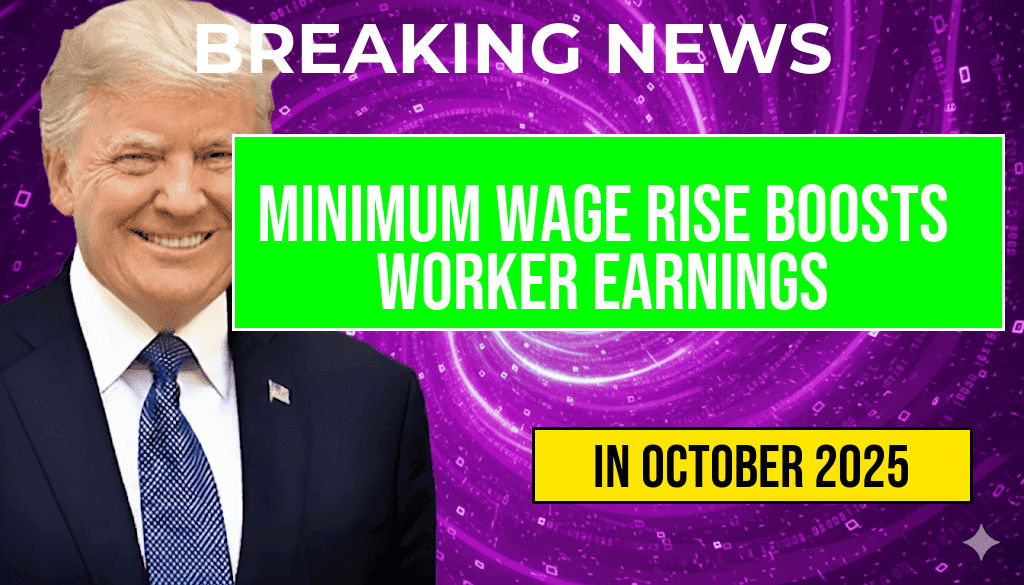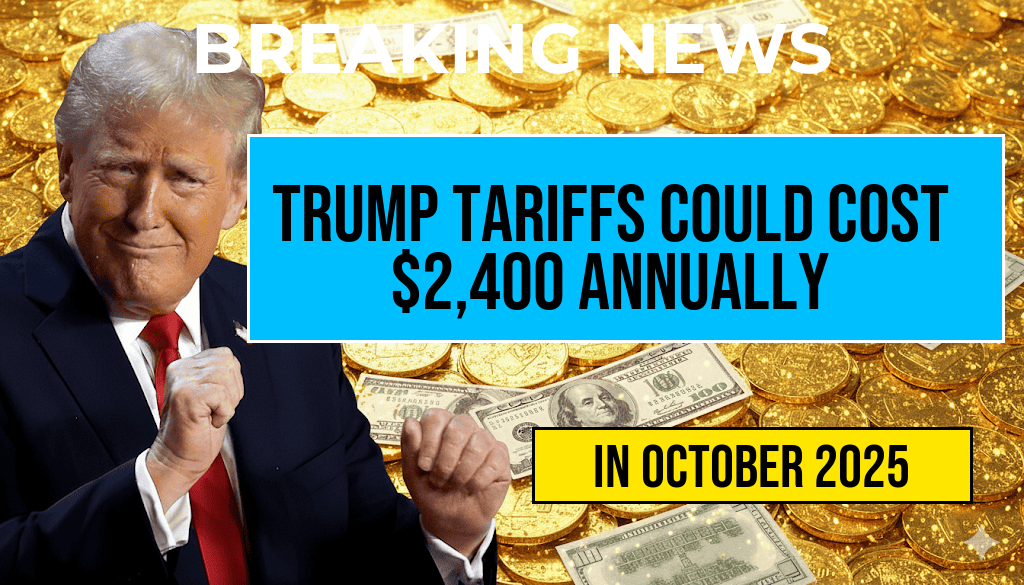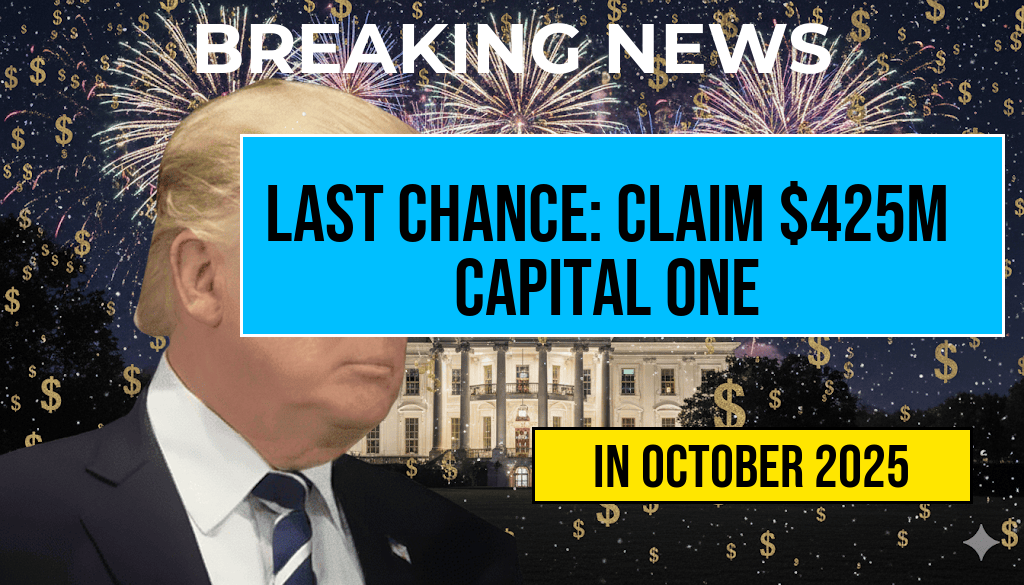The federal government’s decision to raise the minimum wage to $15 per hour is poised to significantly impact millions of American workers. An estimated 32 million employees earning near the current federal minimum are expected to see their annual earnings increase by approximately $3,300 on average. This adjustment, part of ongoing efforts to address income inequality and living costs, marks a substantial shift in wage policy that could influence economic patterns across multiple sectors.
The new minimum wage, which took effect in many states and jurisdictions starting in 2023, aims to provide low-wage workers with a more sustainable income amid rising inflation and living expenses. While the federal minimum remains at $7.25 per hour at the national level, recent state and local mandates have pushed the baseline higher. The recent federal update consolidates these efforts, setting a new national standard intended to elevate the standards of living for millions of workers across the country.
Projected Economic Impact on Workers and Employers
Increased Earnings for Low-Wage Workers
Under the new federal minimum wage, workers earning close to the baseline are expected to see meaningful gains. Based on recent employment data, approximately 32 million workers—many in retail, hospitality, and service industries—stand to benefit directly from this increase. The estimated annual earnings boost of roughly $3,300 translates to about $63 more per week for full-time employees working 40 hours.
| Sector | Number of Workers Affected | Average Weekly Increase | Annual Increase |
|---|---|---|---|
| Retail | 10 million | $63 | $3,276 |
| Hospitality & Food Service | 8 million | $63 | $3,276 |
| Administrative & Support | 4 million | $63 | $3,276 |
| Other Service Sectors | 10 million | $63 | $3,276 |
Impact on Employers and Business Operations
While workers stand to gain, some business sectors express concerns over increased labor costs. Small businesses, in particular, may face tighter profit margins, prompting adjustments such as increased automation or staffing modifications. However, proponents argue that higher wages can lead to reduced turnover, improved employee productivity, and increased consumer spending, which could offset some cost concerns.
Broader Economic and Policy Context
Historical Trends and Policy Goals
The push for a $15 minimum wage gained momentum over the past decade, fueled by advocacy groups and political leaders emphasizing economic fairness. Although the federal government initially set the minimum at $7.25 in 2009, states like California, New York, and others had already implemented higher minimums, reflecting regional economic disparities. The recent federal increase aims to standardize protections and address income gaps nationwide.
Potential Effects on Employment and Cost of Living
- Employment levels: Critics warn that higher wages could lead to reduced hiring or increased unemployment, especially among low-skilled workers. However, recent studies suggest that modest wage hikes have limited adverse effects on employment levels.
- Inflationary pressures: Increased wages may contribute to higher prices for goods and services, potentially fueling inflation. Conversely, increased consumer spending driven by higher earnings can stimulate economic growth.
- Cost of living: Elevated wages can ease financial strain on workers, enabling better access to housing, healthcare, and education, thereby reducing dependence on social safety nets.
State and Local Responses
Varied Adoption Across the Country
States and municipalities have responded differently to the federal wage increase. Some, like California and New York, already exceed the federal minimum, and are moving towards even higher thresholds. Others, particularly in states with lower living costs, have adopted phased approaches or are considering future hikes.
Legal and Political Challenges
The implementation of the $15 minimum wage has faced legal challenges and political debate. Opponents argue that mandated wage hikes could hurt small businesses and lead to layoffs. Supporters emphasize the role of fair wages in reducing poverty and boosting economic vitality. Courts and legislatures continue to debate the scope and timing of wage policies at various levels of government.
Additional Resources
Frequently Asked Questions
What is the main purpose of the federal minimum wage increase?
The main purpose of the federal minimum wage increase is to provide higher earnings for workers across the country, aiming to improve their financial stability and living standards.
How many workers are expected to benefit from this wage increase?
Approximately thirty-two million workers are expected to benefit from the federal minimum wage increase, gaining higher annual earnings.
By how much are annual earnings projected to increase due to the wage hike?
The annual earnings for affected workers are expected to increase by about three thousand three hundred dollars as a result of the wage increase.
When is the federal minimum wage increase expected to take effect?
The federal minimum wage increase is scheduled to take effect on [insert specific date if available], impacting eligible workers nationwide.
What impact could this increase have on the overall economy?
This wage increase could potentially boost consumer spending, improve worker morale, and stimulate economic growth by increasing disposable income for millions of workers.






